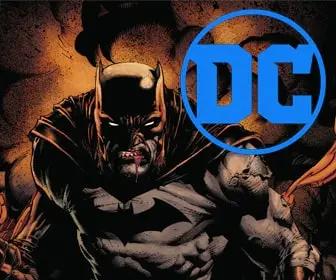
Excalibur (1981): John Boorman’s Arthurian Masterpiece
A Cinematic Retelling of a Timeless Legend
In 1981, director John Boorman brought to the silver screen “Excalibur,” a visually stunning and narratively rich adaptation of the Arthurian legends. This film, known for its mix of dark fantasy, romance, and epic storytelling, offers a unique interpretation of the age-old tale of King Arthur, his knights, and the quest for the Holy Grail.

Plot Overview: A Tale of Kings and Knights
“Excalibur” begins with the wizard Merlin aiding Uther Pendragon to become the king by securing the mythical sword Excalibur. After Uther’s downfall, the sword finds its way to young Arthur, Uther’s son, signifying his destiny to become king. The story unfolds to depict Arthur’s rise to power, the formation of the Knights of the Round Table, and the eventual fall of Camelot, woven intricately with themes of honor, betrayal, and destiny.
Visual and Artistic Mastery
John Boorman’s “Excalibur” is a feast for the senses, with its lavish costumes, enchanting sets, and vibrant cinematography. The use of natural lighting and color plays a significant role in setting the film’s tone, moving from the vibrant greens of Arthur’s rise to the muted tones signifying the kingdom’s decline. The armor and costumes, designed with meticulous detail, add to the authenticity and grandeur of the legendary tale.
Cast and Performances: Bringing Legends to Life
The film boasts an impressive ensemble cast, including Nigel Terry as King Arthur, Helen Mirren as Morgana, Nicol Williamson as Merlin, and a young Patrick Stewart and Liam Neeson in supporting roles. The performances, particularly Williamson’s portrayal of Merlin, bring depth and nuance to the iconic characters, making them memorable and distinct.
Themes: Power, Corruption, and Redemption
“Excalibur” delves into the themes of power and its corrupting influence, the conflict between personal desires and duty, and the quest for redemption. The film explores the moral complexities of its characters, making the ancient tale resonate with contemporary audiences.
Reception and Legacy
Upon its release, “Excalibur” received mixed reviews, with some critics praising its ambition and visual style, while others criticized its pacing and narrative structure. However, over the years, the film has gained a cult following, appreciated for its artistic vision and its bold take on the Arthurian legends.
Denouement: A Cinematic Tribute to Arthurian Lore
John Boorman’s “Excalibur” remains a distinctive and ambitious portrayal of the Arthurian legends. Its blend of mythology, romance, and dark fantasy, along with its visual splendor and compelling performances, ensures its place as a unique and enduring work in the genre of fantasy films.
In conclusion, “Excalibur” stands as a testament to the power of cinematic storytelling in reimagining and revitalizing ancient tales. It captures the imagination and continues to enchant and inspire audiences, solidifying its status as a classic in the realm of fantasy cinema.










